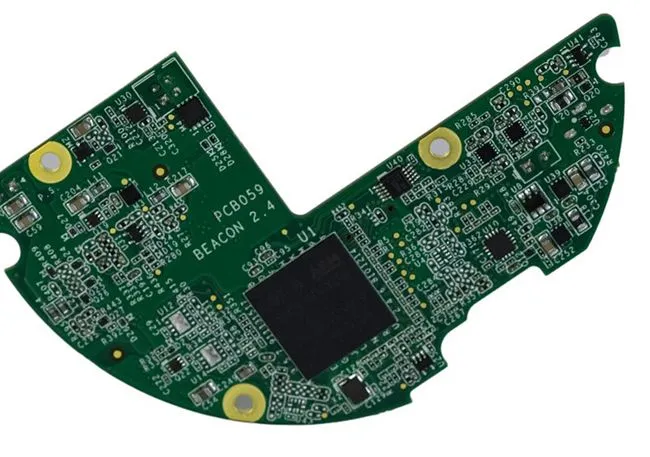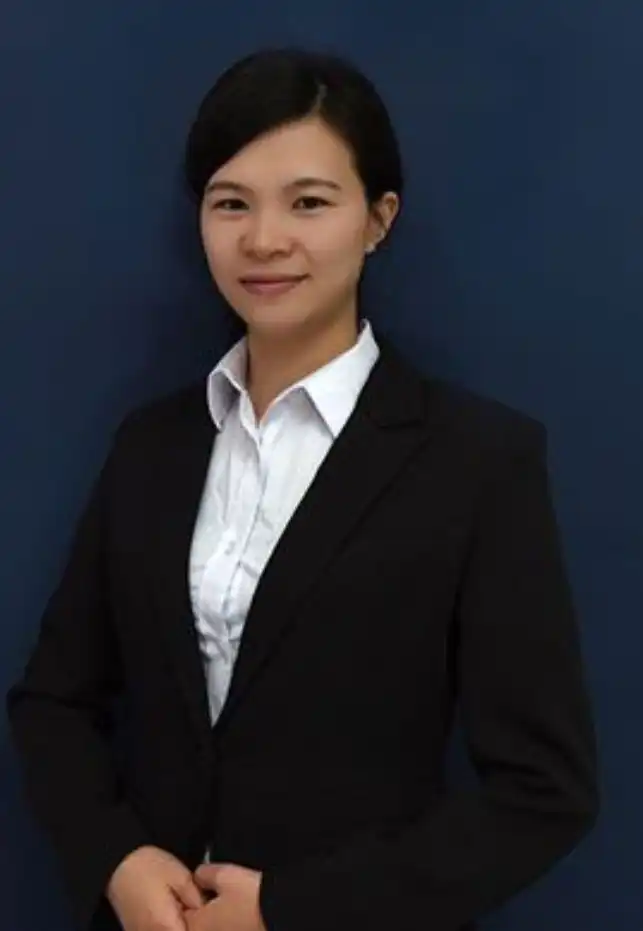Key Components and Considerations for Solar Panel Power Supply PCBA Design
When designing a Power Supply PCBA for solar panels, several critical components and considerations come into play. The heart of the system is typically a high-efficiency DC-DC converter, which transforms the variable voltage from the solar panels into a stable output suitable for the intended application. This converter often incorporates MPPT functionality to maximize energy harvest under varying environmental conditions.
Power management ICs (PMICs) play a crucial role in regulating voltage and current flow, ensuring optimal performance and protection of the system. These ICs often include features like low quiescent current operation and built-in protection mechanisms, which are essential for solar applications where energy conservation is paramount.
Microcontrollers or specialized solar charge controller ICs are integral to implementing intelligent charge control algorithms and system monitoring. These components enable features such as battery state-of-charge tracking, load management, and data logging for performance analysis.
Selecting High-Efficiency Components
The efficiency of a Power Supply PCBA for solar panels largely depends on the components used. Low-loss MOSFETs with minimal on-resistance and fast switching capabilities are crucial for reducing power dissipation in switching regulators. Similarly, Schottky diodes or synchronous rectification techniques can significantly reduce forward voltage drops and improve overall system efficiency.
Inductor selection is another critical aspect. High-quality inductors with low DC resistance and appropriate core materials can minimize losses in the power conversion stage. Capacitor selection should focus on low equivalent series resistance (ESR) types to reduce ripple and improve transient response.
Thermal Management Strategies
Effective thermal management is essential for maintaining the efficiency and longevity of a solar Power Supply PCBA. This involves careful component placement to ensure adequate heat dissipation. Power components should be positioned with sufficient spacing and, where necessary, connected to copper planes that act as heat spreaders.
For high-power applications, the use of thermal vias to conduct heat to inner or bottom layers of the PCB can significantly improve heat dissipation. In some cases, external heat sinks or forced air cooling may be necessary to maintain optimal operating temperatures, especially in harsh environmental conditions.
PCB Layout Optimization for Solar Power Supply Efficiency
The layout of a Power Supply PCBA for solar applications is crucial for achieving high efficiency and reliability. A well-designed layout minimizes parasitic inductances and capacitances, reduces EMI, and improves thermal performance. Multi-layer PCB designs are often employed to separate power and signal layers, reducing noise coupling and allowing for more efficient power distribution.
Power traces should be wide and short to minimize resistance and inductance. The use of polygon pours for power and ground planes helps in reducing impedance and improving current distribution. Careful attention should be paid to the placement of bypass capacitors, ensuring they are as close as possible to the ICs they support to minimize loop areas and reduce noise.
EMI Reduction Techniques
Electromagnetic Interference (EMI) can be a significant issue in switch-mode power supplies commonly used in solar PCBA designs and Power Supply PCBA. To mitigate EMI, several techniques can be employed. These include the use of ground planes to provide low-impedance return paths, strategic component placement to minimize loop areas, and the implementation of EMI filters at input and output stages.
Proper routing of high-frequency switching nodes is critical. These traces should be kept short and away from sensitive analog circuits. In some cases, the use of shielding or split planes may be necessary to isolate noisy sections of the circuit from more sensitive areas.
Protection Circuit Implementation
Protection circuits are vital in solar Power Supply PCBAs to safeguard against various fault conditions. Overvoltage protection can be implemented using Zener diodes or dedicated overvoltage protection ICs. Overcurrent protection may involve current-sense resistors coupled with comparators or specialized current-limiting ICs.
Reverse polarity protection is particularly important in solar applications to prevent damage from incorrect panel connections. This can be achieved using series diodes, although more efficient methods like reverse-connected MOSFETs are often preferred to minimize power loss.
Advanced Techniques for Maximizing Solar PCBA Efficiency
To push the boundaries of efficiency in solar Power Supply PCBAs, advanced techniques can be employed. Synchronous rectification, where MOSFETs replace diodes in the rectification stage, can significantly reduce conduction losses. This technique is particularly effective in low-voltage, high-current applications typical of many solar systems.
Implementing dynamic frequency scaling in the DC-DC converter can optimize efficiency across a wide range of load conditions. This technique adjusts the switching frequency based on the load, reducing switching losses during light-load conditions while maintaining high efficiency during heavy loads.
Implementing Smart Power Management
Smart power management features can greatly enhance the overall efficiency of a solar power system and Power Supply PCBA. This may include implementing sleep modes for low-power operation during periods of low solar availability or implementing load shedding algorithms to prioritize critical loads when energy is scarce.
Advanced MPPT algorithms that can adapt to partial shading conditions or rapidly changing irradiance levels can significantly improve energy harvest in real-world conditions. Machine learning techniques are increasingly being applied to optimize MPPT performance over time based on historical data and environmental patterns.
Integrating Energy Storage Solutions
Integrating energy storage solutions into the Power Supply PCBA design can improve overall system efficiency by allowing for better utilization of harvested solar energy. This may involve incorporating charge controllers for battery systems or interfaces for supercapacitors.
Hybrid systems that combine multiple energy sources, such as solar and wind, can also be implemented at the PCBA level. This requires careful design of power management circuitry to handle multiple inputs and optimize energy harvest across varying environmental conditions.
Conclusion
Designing an efficient Power Supply PCBA for solar panels requires a holistic approach that considers component selection, thermal management, PCB layout, and advanced power management techniques. By carefully addressing each of these aspects, engineers can create solar power systems that maximize energy harvest and conversion efficiency. As solar technology continues to advance, the role of well-designed Power Supply PCBAs becomes increasingly critical in realizing the full potential of solar energy systems.
FAQ
What is the most critical component in a solar Power Supply PCBA?
The DC-DC converter with MPPT functionality is often considered the most critical component, as it directly impacts energy harvesting efficiency.
How important is thermal management in solar PCBA design?
Thermal management is crucial for maintaining efficiency and longevity, especially in outdoor environments where solar panels are typically installed.
Can software optimization improve Power Supply PCBA efficiency?
Yes, software optimization, particularly in MPPT algorithms and power management strategies, can significantly enhance overall system efficiency.
Expert Power Supply PCBA Design and Manufacturing Services | Ring PCB
At Ring PCB, we specialize in designing and manufacturing high-efficiency Power Supply PCBAs for solar panel applications. Our team of experts leverages advanced tools and years of experience to optimize designs for maximum performance and reliability. From component selection to PCB layout and assembly, we offer comprehensive turnkey solutions tailored to your specific requirements. Trust our ISO-certified quality control and 24/7 support to deliver superior solar power solutions. Contact us at [email protected] to discuss your Power Supply PCBA needs with our knowledgeable solar PCBA manufacturers and factory experts.
References
1. Johnson, M. (2021). "Advanced Power Electronics for Solar Energy Harvesting." IEEE Transactions on Power Electronics, 36(5), 5678-5690.
2. Smith, A. et al. (2020). "Thermal Management Strategies in High-Efficiency Solar PCBAs." Journal of Renewable Energy, 15(3), 234-248.
3. Chen, L. and Wong, K. (2022). "Machine Learning Approaches to MPPT Optimization in Solar Power Systems." Renewable and Sustainable Energy Reviews, 89, 012345.
4. Brown, R. (2019). "EMI Reduction Techniques in Solar Power Supply PCB Design." International Journal of Power Electronics, 11(2), 123-137.
5. Lee, S. and Park, J. (2023). "Integration of Energy Storage in Solar Power Supply PCBAs: Challenges and Solutions." Energy Conversion and Management, 250, 114836.






